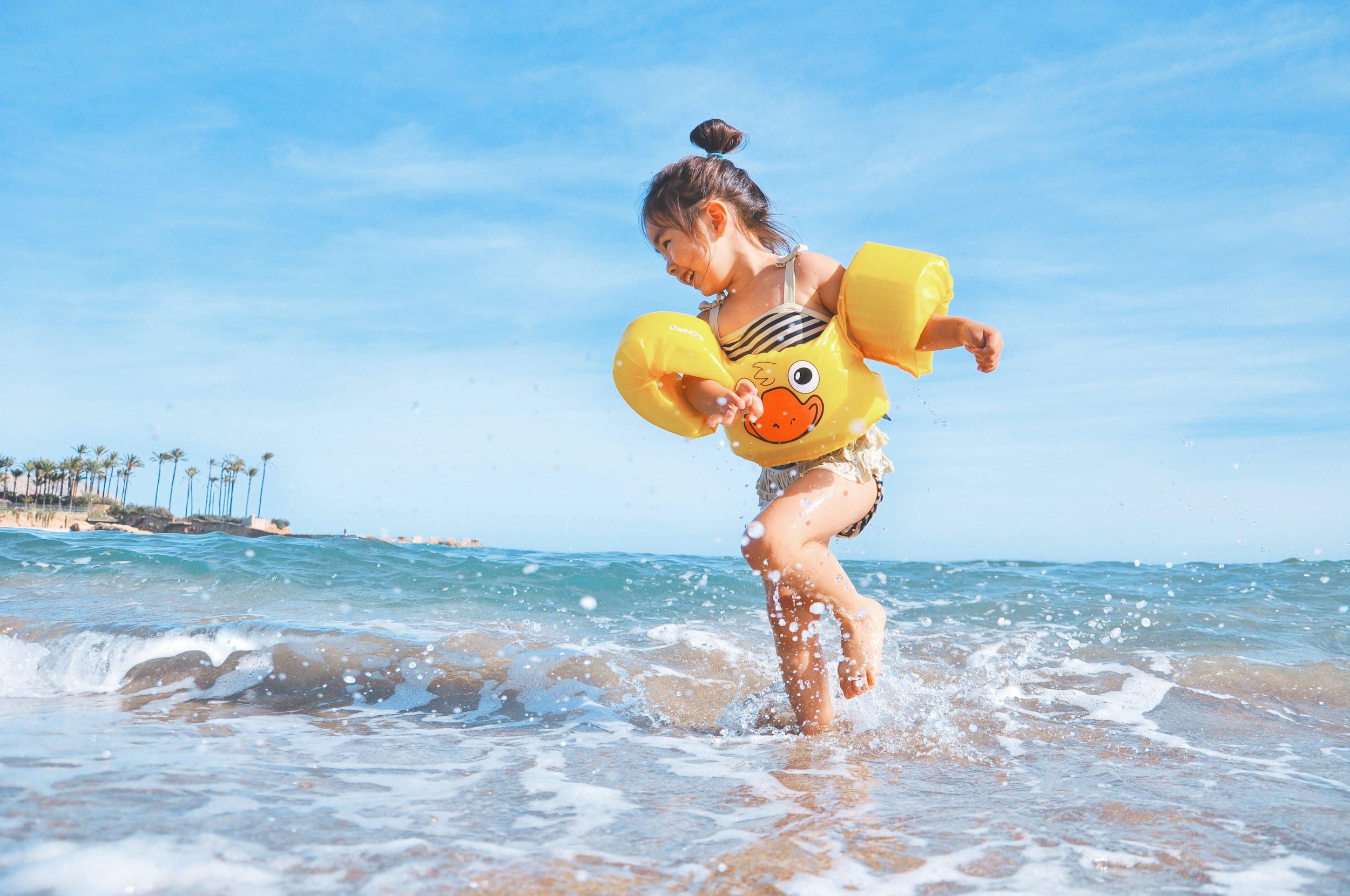Making a Splash: When and How to Start Swim Lessons for Kids
As the weather warms up and pool season rolls in, many families start thinking about swim lessons — and for good reason. Living in Florida, where pools, beaches, and backyard sprinklers are part of daily life, water safety isn’t just important — it’s essential.
Whether your child is just learning to splash or ready to refine their strokes, knowing when and how to begin swim lessons can make a big difference in their confidence and safety around water.
Why Swim Lessons Matter
Drowning is a leading cause of accidental injury-related death in young children — but swim lessons can dramatically reduce that risk. Beyond safety, swimming offers so many benefits: it builds strength and endurance, improves coordination, and opens the door to a lifetime of water fun.
The Different Types of Swim Lessons
Let’s take a look at the most common types of swim lessons, broken down by age and skill level:
1. Parent-and-Child Classes (Ages 6 months – 3 years)
These water introduction classes focus on safety, comfort, and bonding. With a parent or caregiver in the water, little ones learn basic water movements through songs, splashes, and games. The goal isn’t to teach formal strokes — it’s to build trust and help children feel at ease in the water.
🛟 Why it's great: Gentle exposure to the water can prevent fear later on and lay the groundwork for future swim skills.
2. Preschool Swim Lessons (Ages 3 – 5 years)
At this stage, kids are ready to begin learning more independent water skills. Preschool lessons often include:
Blowing bubbles
Floating on backs
Kicking and paddling
Jumping in and returning to the wall
Classes are usually small to allow for plenty of individual attention.
3. Learn-to-Swim Programs (Ages 5+)
Once a child has basic comfort and coordination in the water, they can move into stroke-based lessons. These classes focus on:
Freestyle (front crawl)
Backstroke
Breaststroke
Butterfly (for advanced learners)
Diving and treading water
💡 Pro tip: Look for instructors trained in teaching proper technique to prevent bad habits that can be hard to correct later.
4. ISR (Infant Swimming Resource) Lessons
ISR is a highly specialized, one-on-one approach focused on teaching babies and young children how to self-rescue if they fall into water. Kids are taught how to roll onto their backs and float independently, sometimes even while fully clothed. ISR is most often recommended for ages 6 months to 6 years.
🚨 Safety note: While ISR is powerful, it’s not a substitute for supervision or a comprehensive swim program — think of it as one tool in your safety toolkit.
When Should Kids Start Swim Lessons?
The earlier, the better. The American Academy of Pediatrics recommends that children begin formal swim lessons as early as age 1, especially if they are frequently around water.
However, if your child is older and hasn’t started yet, don’t stress — it’s never too late to learn. Many programs offer beginner classes for kids of all ages (even teens), and it’s remarkable how quickly they catch up with the right support.
What to Look for in a Swim Program
Here are a few things to consider when choosing a swim school:
✅ Certified, trained instructors
✅ Small class sizes for safety and attention
✅ A fun, playful approach that engages kids
✅ Emphasis on water safety alongside stroke instruction
✅ A warm, welcoming environment where your child feels encouraged
Make It Fun — And Celebrate Progress!
Kids learn best when they’re having fun. Swim schools that use toys, songs, and games tend to keep young learners more engaged — and less anxious.
Your attitude matters too. Stay positive, celebrate small wins, and avoid putting pressure on performance. Even if your child takes a little longer to warm up, your encouragement will make a lasting impact.
Final Thoughts: Swim Lessons Are a Lifelong Gift
Swimming is more than a summer activity — it’s a life skill. By introducing your child to swim lessons early, supporting their growth, and keeping the experience positive, you’re giving them the tools to stay safe and confident in the water for years to come.
🌊 Parent Reassurance: It’s normal for some children to take longer than others to feel comfortable. Stick with it — every lesson is progress, and your patience and support are everything.
